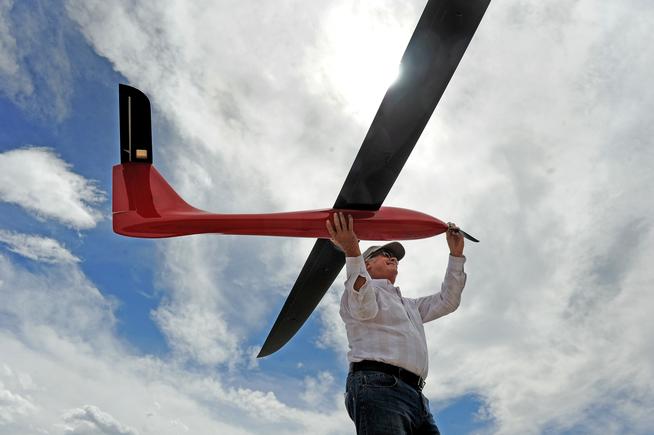
By Laura Keeney The Denver Post
Fifteen of the first 500 FAA exemptions permitting commercial drones to fly were granted in Colorado.
But enabling those and other waiting businesses to spur an estimated $232 million in economic impact — and create more than 1,190 jobs — in Colorado by 2017 hinges on long-delayed rules based on a 1946 U.S. Supreme Court case filed by a poultry farmer.
Yes, that’s right. Regulation of high-tech drones in the U.S. starts with chickens.
Under current aviation law, aircraft must fly no lower than 1,000 feet above congested population areas, and at least 500 feet above less-populated areas.
But there are no permanent regulations for commercial unmanned aircraft systems, or drones. The vehicles are illegal to fly in the national air space without a Federal Aviation Administration permit called a Section 333 Exemption. The permit allows drones to fly commercially as long as they fly in daylight, no higher than 500 feet and within the operator’s line of sight.
The delay in deploying regulations that have been discussed for more than five years is frustrating companies in Colorado, and elsewhere, that use drones for such diverse tasks as delivering packages, and surveying real estate, oil and gas wells and farm fields .